On July 10, 1943, the invasion of Sicily began with an assault by four U. S. Army Divisions, four British divisions and a Canadian division. Soldiers, equipment and supplies were transported to the island by a force of 3,200 ships and craft, including a new type of amphibious ship, the Landing Ship Tank, commonly referred to as an "LST." Its maximum speed of 11.5 knots also produced the nicknames "Large Slow Target" or "Large Stationary Target" by the soldiers. The invasion of Sicily was the first large scale use of LSTs in a joint operations amphibious landing in the European-African-Middle Eastern Theater of Operations.
Its design and construction had been a joint operation. It was designed at a British-American conference in November 1941. America built all of the vessels for both countries. The first keel was laid down on June 10, 1942 and by the end of World War II, 1,051 of the vessels had been built. LSTs enabled assault troops to avoid heavily defended ports and to land wherever there was a suitable beach.
The LST was specifically designed to land vehicles. It was 328 feet long, and could carry armored vehicles in the tank deck and non armored vehicles on the main deck. The cargo capacity was 2,100 tons and approximately 200 soldiers. Its heart was the Tank Deck-a space 230 feet long by thirty feet wide by twelve feet tall. Once it arrived at a beach, the massive bow doors opened and the vehicles drove off ready for combat.
The Americans at Sicily landed along a forty mile shore line in the Gulf of Gela. Seventy four LSTs were a part of the assault force. The ships embarked from North Africa and crossed the Mediterranean in spite of heavy weather. The conditions for unloading were less than ideal requiring the use of pontoons due to the beach conditions. There was congestion on the beaches due to too few personnel being assigned to unload supplies, broached landing craft and a lack of transportation to move supplies inland. There were also underwater mines and enemy air attacks. LST 313 was destroyed on the first day by an aerial attack and LST 312 badly damaged. Despite the obstacles, the crews and their ships persevered. Tanks from LST 2 helped repulse a German counter attack on the beachhead on July 11, immediately after disembarking. The official report on Operation Husky pronounced the LSTs as outstanding in performance and usefulness.
The ships provided critically needed support to the Army during the invasions of Salerno, Anzio, Normandy, and Southern France, as well as in the Pacific. On June 6, 1944, D-Day, LSTs brought 41,035 wounded soldiers back across the English Channel to hospital facilities. Remarkably versatile vessels, some were fitted with railroad tracks to carry and land loaded freight cars. Thirty-nine LSTs were modified into Landing Craft Repair Ships, and another thirty-eight were transformed into hospital ships. Despite their vulnerability, only twenty six were lost due to enemy action, and thirteen were the victims of weather or accident during World War II.

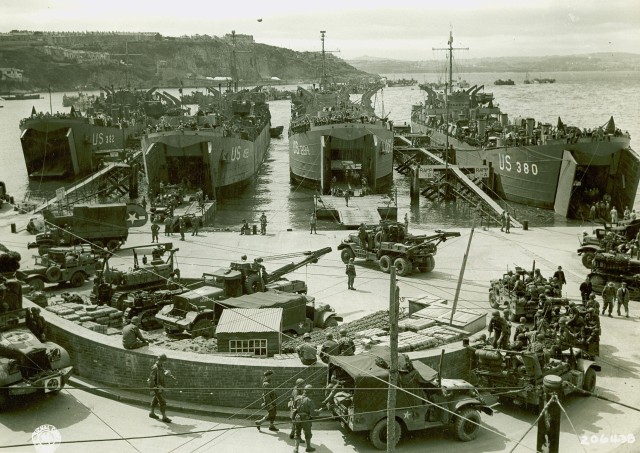
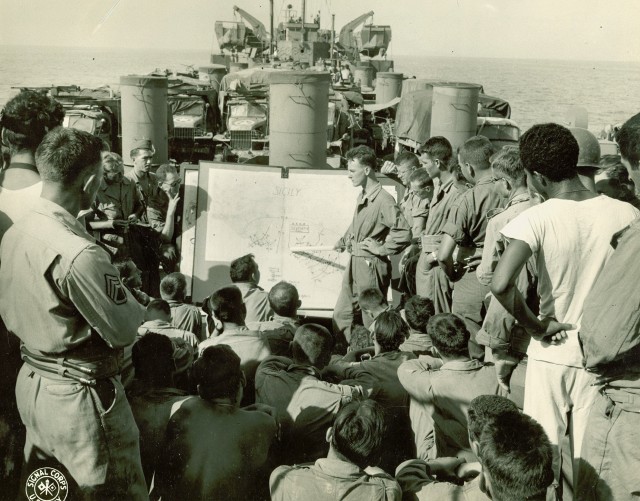
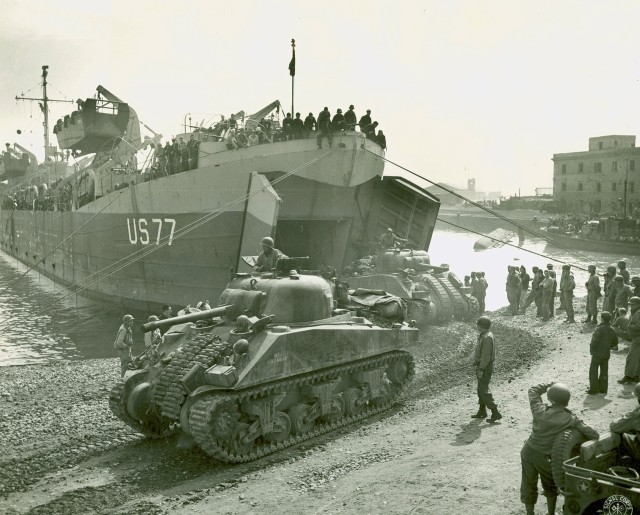
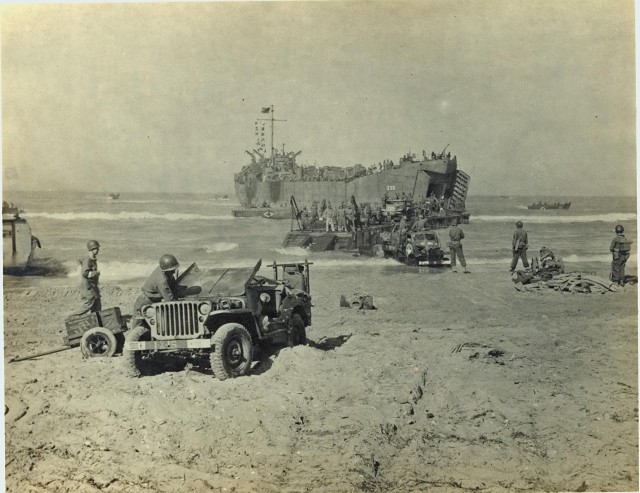

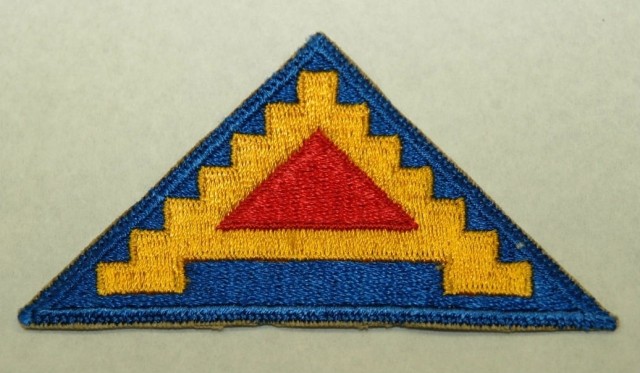
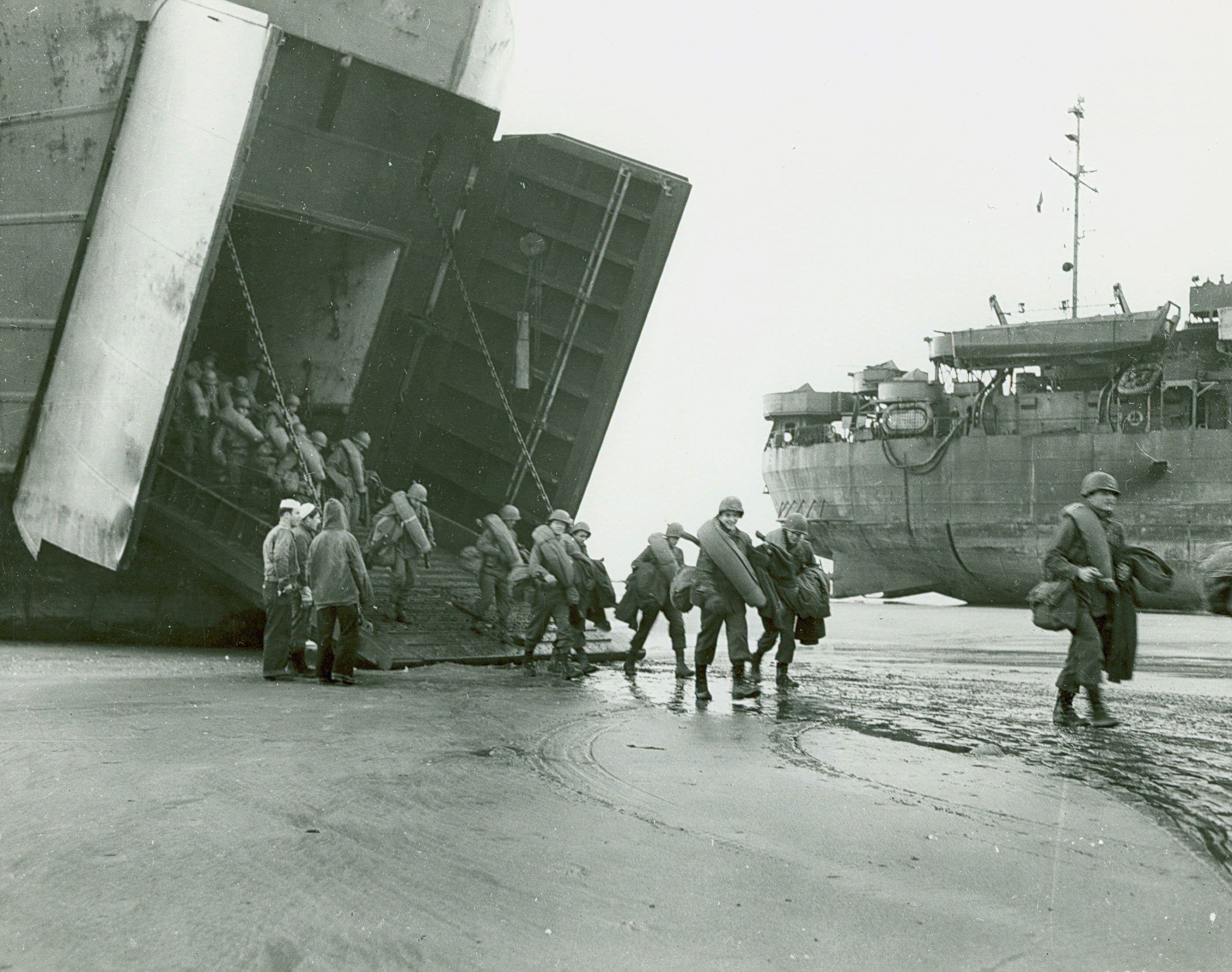


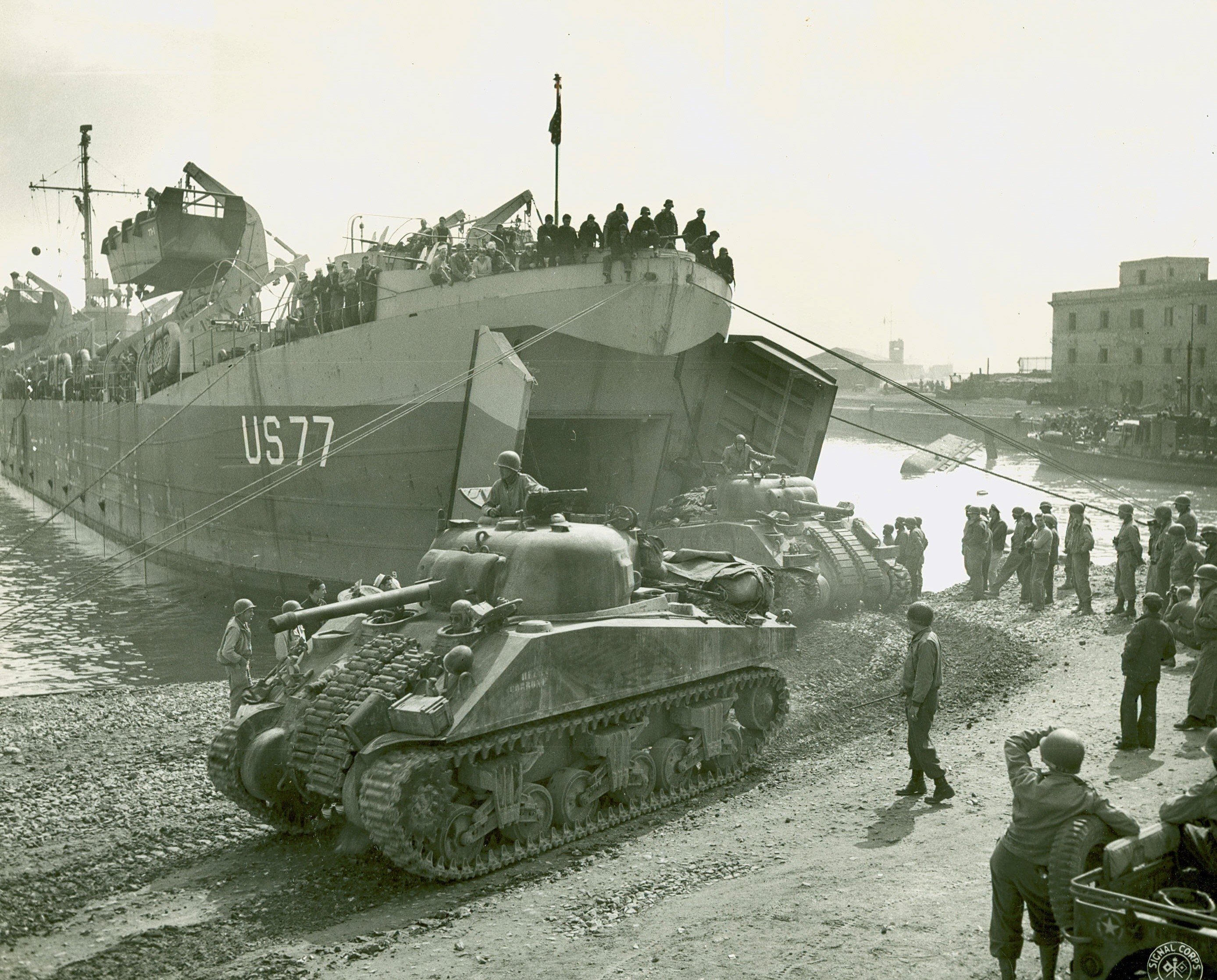



Social Sharing